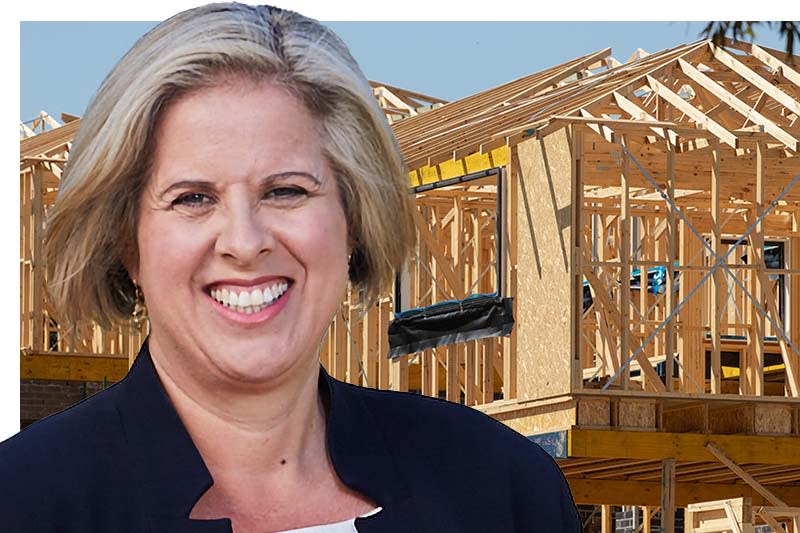Chalmers Promises States $900m to Cut Red Tape

Australian states that streamline building approvals and embrace modern construction methods stand to win a share of $900 million under a productivity fund revealed by the Federal Government.
The National Productivity Fund announced by Treasurer Jim Chalmers aims to address declining construction efficiency as data reveals it now takes 12.7 months to build a house compared to the nine months of 15 years ago.
The initiative comes as the Commonwealth struggles to meet its five-year target of 1.2 million new homes.
Property Council chief Mike Zorbas welcomed the scheme, noting that Australia would have 1.3 million additional homes if planning systems had maintained their pre-2001 efficiency levels.
“This housing crisis demands we pull every lever, and making our planning systems fit for purpose is the golden lever,” Zorbas said.
“With welcome and much-needed federal funding for social housing, planning reform and housing infrastructure, this new fund will help to cut through housing red tape and boost home construction.”
Master Builders Australia chief executive Denita Wawn said an 18 per cent decline in labour productivity during the past decade clearly prompted the urgent need for reform.
“Productivity is more than a buzzword. When productivity is down, prices go up and our ability to build the homes and surrounding infrastructure [that] communities need is slowed down,” Wawn said.
The fund will incentivise state and territory governments to reform commercial planning, streamline zoning processes, and remove barriers to modern construction methods, including prefabricated and modular housing.
Wawn said this new focus would go a long way towards improving the outlook for housing.
“To maximise the gains from modular housing will require scale and a consistent pipeline of work. Encouraging more streamlined and consistent regulation of building within and between states and territories will be an important step,” Wawn said.
“Prefab and modular housing could also help reduce waste in the sector, with construction now accounting for 38 per cent of all waste generated by Australians, driven by both demolition and new-build projects.
“And they could also help us reach our climate and energy goals by enabling us to build more energy efficient homes.”
McKinsey research suggests prefabrication could reduce housing construction times by up to 50 per cent and costs by 20 per cent.

The Committee for Economic Development of Australia (CEDA) analysis supports the initiative.
The independent think tank highlighted its similarity to the successful 1990s National Competition Policy, which delivered payments averaging $600 million annually and increased economic output by 5.5 per cent over the long term.
“While paying the states to undertake reform sounds expensive, we’ve done this before and it’s worked,” CEDA senior economist Melissa Wilson said.
“States that move to reform first risk losing precious tax revenue, while the Commonwealth always stands to gain most from productivity reforms.”
Productivity Commission chair Danielle Wood identified overlapping regulations as a significant barrier to housing development.
“Regulatory barriers and uncertainty can make it hard to innovate,” Wood said.
According to the Commission, Australia now builds fewer homes per hour worked than in the 1990s, despite productivity expanding by 50 per cent across other sectors.
The fund represents the fourth federal housing initiative, complementing existing programs for social housing, planning reform and infrastructure.
Industry leaders are urging Parliament to pass additional housing policies, including build-to-rent reforms, which could accelerate middle-market housing supply and boost rental availability.
The initiative will require legislative approval, with Parliament scheduled to debate the measures in the coming weeks.
The Government expects the fund to encourage states to undertake meaningful reforms despite potential initial revenue losses from regulatory changes.














